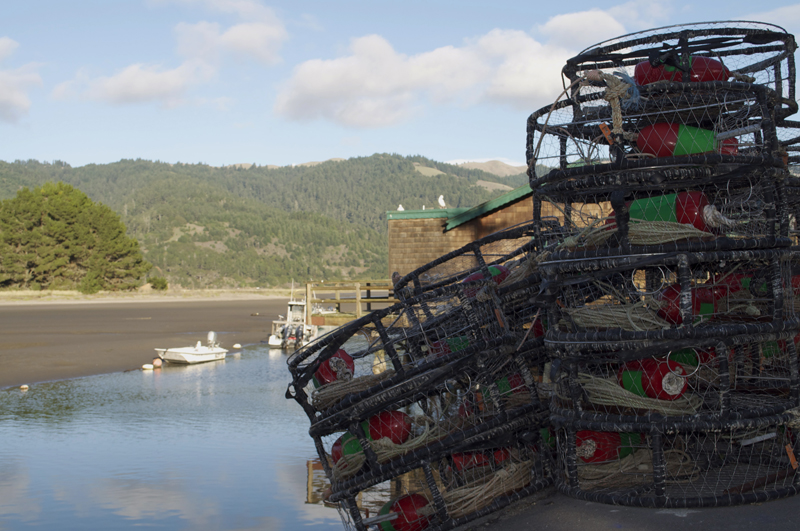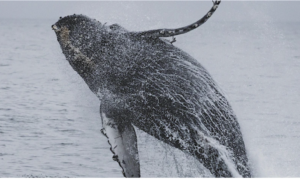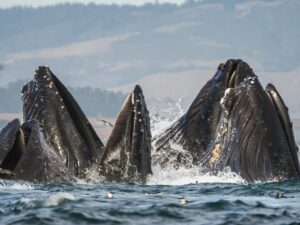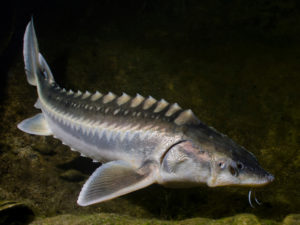Thanksgiving time marks the start of one of the most exciting sustainable, local food events of the year: Dungeness crab season.
This year’s crabbing is expected to be lower than average, due to natural cycles in the crab population. But that hasn’t stopped fishermen like Don Murch of Bolinas from loading up his boat with crab pots and heading out into the cool waters of the Pacific. His catch of succulent crab is a reminder of the bounty of Northern California’s marine ecosystem.
“We usually go out around three miles,” Murch said. “This year Dungeness have been somewhat scarce north of the Golden Gate, but there are reports of more to the south.I like to crab off Bolinas, but we may venture south if there isn’t a good catch.”
Fishermen like Murch will have more waters to themselves next year, when a new state law goes into effect stopping big boats from other areas from diving in and taking a large portion of the local catch. Local fishermen have been pushing that law for years, and Murch is a good example of the old timey ways that crabbers do business.
“When I moved from Maryland to Bolinas in 1981 I realized there was no one catching the Dungeness crab that filled the bay, so I got some pots and started hand hauling for them,” he said.
Today there are many more crab fisherman in Bolinas, and they set out around 500 crab pots at a time. The season lasts until July but weather and strong tides make crabbing exceedingly difficult in spring months.
Dungeness crab is the largest edible crab on the West Coast and can be found from Point Conception, north of Santa Barbara, to Alaska. The Monterey Bay Aquarium Seafood Watch has given the Dungeness crab industry a “best choice” for California, Washington and Oregon.
Before it is boiled the Dungeness can be distinguished by its white pinchers and purple exoskeleton. Each year hundreds of thousands are sustainably harvested off the coast of California with circular crab pots.
The pots are engineered so that only crabs can enter and other marine life can escape. Once pots are hoisted up from the deep, crab fishers release female crabs back to the sea. (Male crabs have a thin triangular shaped abdominal flap while female crabs have a shorter, rounded abdominal flap). Releasing females ensures that they can reproduce and keeps the Dungeness population stable.
In order to grow and reproduce Dungeness crabs molt. Molting is the process of shedding a shell and growing a larger and stronger one. When a female is ready to molt it alerts the male by urinating around or on it. Pheromones in female urine attract certain mates.
Once a female has completed the molting process and a partner is attracted the crabs mate. The female expels the eggs several months later where they stay attached to the abdomen for three to five months. An average female produces around 1.5 million eggs, which generally hatch in December and January.
Once crabs hatch, larval forms of Dungeness attach to eel grass and gather in shallow sand waters. They go through multiple five larval stages until they assume the shape of a crab. After about ten molts, or two years in human time, they are fully grown. Dungeness are carnivorous and feed and scavenge on many different types of prey including other crustaceans, clams and small fish. As their appetites increase these carnivorous crustaceans venture into deeper water in search of food and often stumble into crab pots and possibly onto your table.
[slideshow]
Jackson Karlenzig is a Bay Nature editorial intern.





